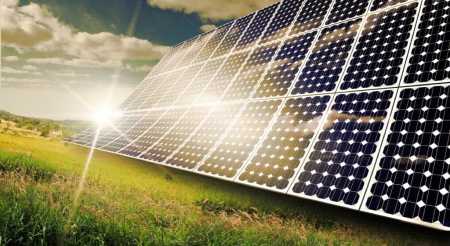The Union Minister for Power and New & Renewable Energy R. K. Singh informed that since renewable energy storage is expensive, the government has come out with a policy to encourage Pumped Hydro Power Projects.
“Huge capacities of Pumped Hydro projects are coming up. At the same time, we need to build batteries for grid storage. We need to have another PLI scheme for grid scale storage, so that we can augment capacity and have round-the-clock renewable energy. We will keep adding storage to ensure that demand goes up and investment keeps happening.”
The Union Minister said that the nation set huge targets in renewable energy. “Today, 42% of our energy capacity is from non-fossil-fuels. We have made a commitment to take this to 50% by 2030, but we shall achieve 65% of capacity from non-fossil-fuels by 2030. We will add 50 GW of capacity every year. We have emerged as the fastest growing renewable energy destination.”
Singh however stated that even as we build renewable energy capacity at the fastest rate, we will not shy away from adding the thermal capacity we may need in order to meet our energy requirements. “Our pace of energy transition will be the fastest in the world, but we will not compromise with our energy needs. In 2030, I see the capacity crossing 800 GW, and that is at a conservative rate of growth.”
The Minister reminded the audience that India’s per capita carbon emissions is around 2 tons while the world per capita average is around 6 tons. India’s historical contribution to global emissions has been only 4% despite being the fifth largest economy and home to 17% of world’s population.
The Minister underlined the need to prioritize green hydrogen for the country. “We need to reduce importing coal for blending. We need to strengthen our logistics from coal-bearing areas and also exploit our coal reserves, for which we are auctioning coal blocks so that our dependence on imports reduces. Our feed stock too has to transition, for which green hydrogen is a priority area and a huge opportunity. We have set a target of setting up at least 5 million tons of green hydrogen by the year 2030.”
He also underlined the need for diversification of supply chains, using technologies such as sodium ion. He said that around 100 GW of battery storage capacity is going to come up in the coming years, out of which around 50 GW will be available for exports.
He said that from 2014 onwards, India has added total power generation capacity of over 184 GW and that total installed capacity is 417 GW, while peak demand has reached 221 GW. “Peak demand has accelerated in the recent past, and it will continue to increase, but we have sufficient established capacity as of now.” The Power Minister informed that availability of power in rural areas went up to 22.5 hours and in urban areas to 23.5 hours. We aim to make it 24 hours, he added.
– PIB






